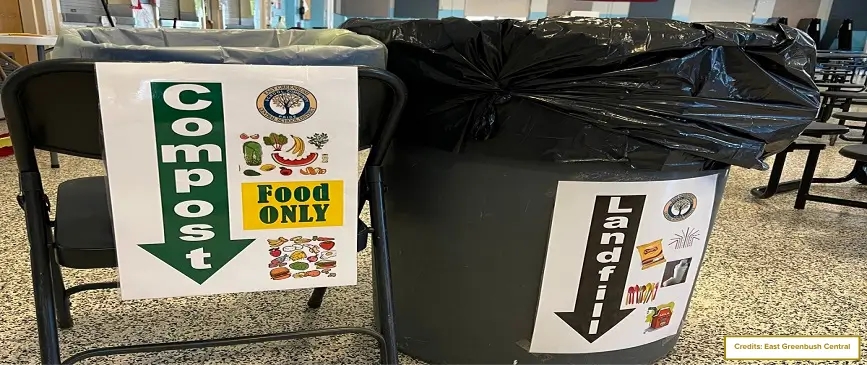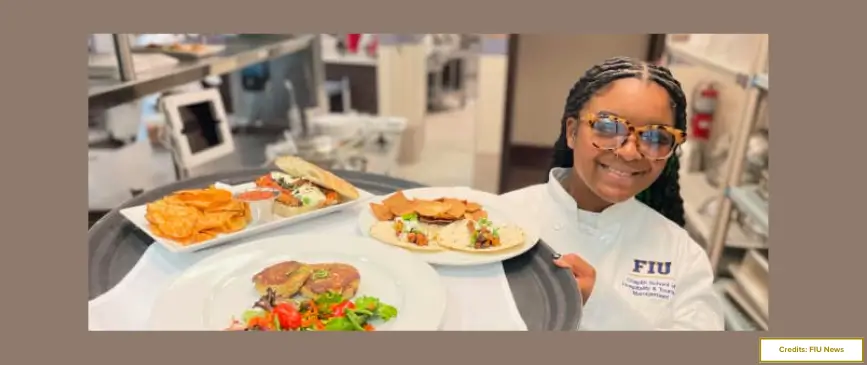Introduction
School lunch: the daily mystery no one signed up for.
One day it’s spaghetti and meatballs; the next it’s something that looks like it belongs in a science lab or maybe a 1950s horror film.
From small-town America to classrooms around the globe, what qualifies as a “normal” school meal varies wildly.
Some dishes are cultural staples, others are budget experiments gone rogue, and a few… well, they defy explanation altogether.
If you remember the school lunches that featured spongy scrambled eggs or had your taste buds traumatized by lime green meatloaf, this guide is for you.
Grab your tray, steel your stomach, and join us on a culinary journey through the weirdest school lunches ever served.
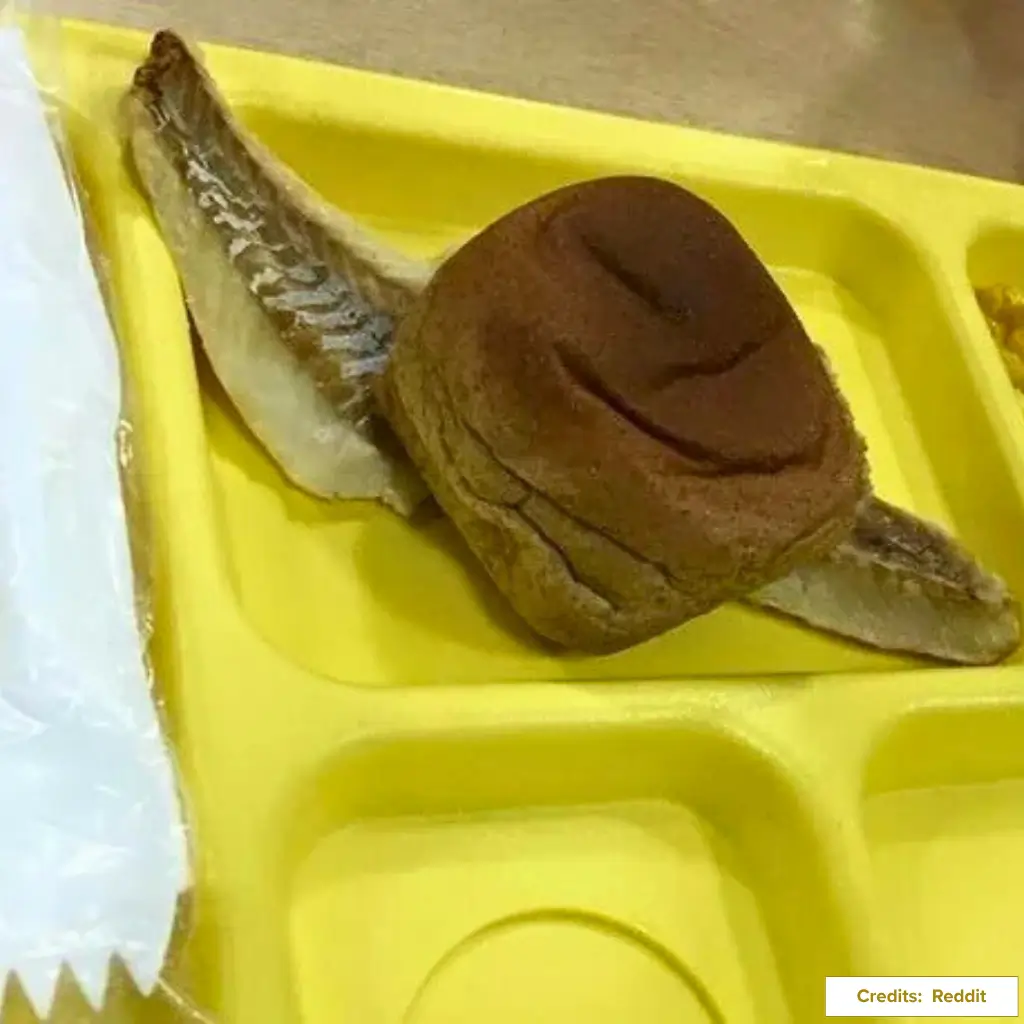
What Makes a School Lunch Weird?
Before we dive in, let’s get one thing straight: weird is relative. What looks bizarre to a fifth grader in Kansas might be a beloved family recipe in Bangkok. Weirdness in the lunchroom often comes down to a few simple factors:
- Expectation vs. Reality: If you’re expecting pizza and end up with jellied meat and neon rice, that’s going to throw you.
- Unusual Combos: Tuna salad next to pancakes? Mashed potatoes paired with tacos? We’ve seen it all.
- Mystery Factor: If it’s labeled “entrée blend” or “meat product,” brace yourself. That’s cafeteria code for “we’re not really sure either.”.
- Presentation: Sometimes, it’s not the taste, it’s the look. Bright blue buns and oozing sauces don’t exactly inspire confidence.
In short, a school lunch becomes weird when unexpected, unrecognizable, or just plain unappetizing.
Weird School Cafeteria Lunches From Around the World
Let’s take a world tour of school cafeteria food that might raise eyebrows, but remember, cultural respect is key. These dishes are from around the globe, where cultural flavors meet young appetites and occasionally confuse them.
1. Fermented Fish – Sweden & Iceland
Surströmming, aka fermented herring, is traditional in parts of Sweden and Iceland and has a bold aroma. While it’s rich in culture and omega-3s, serving it in schools? Let’s just say it wakes up the entire building.
2. Dried Squid Snacks – South Korea & Japan
Forget Doritos, these kids get chewy, salty dried squid. It’s healthy and protein-rich, but it smells like someone mopped the gym floor with seawater to an untrained Western nose.
3. Blood Sausage – UK
Also known as black pudding, this sausage is made from pork blood and oats. Delicious to many Brits, but to others? More trick than treat.
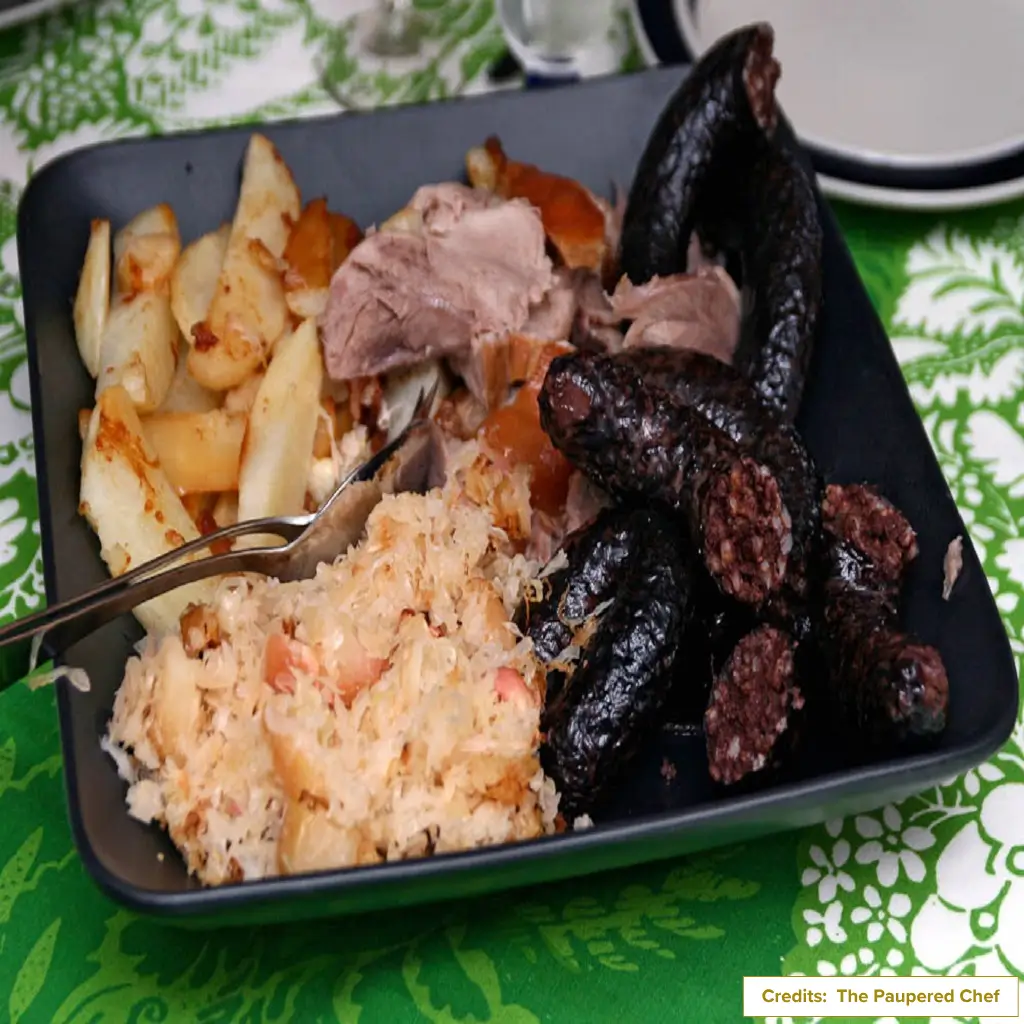
4. Goat Brain Stew – Nigeria
This brainy dish is a cultural delicacy and nutrient powerhouse. Still, eating brains might send some students scrambling for PB&J.
5. Liver Paste and Pickled Veggies – Russia
Liver paste sandwiches with pickled cabbage? Nutrient-dense and economical. But for many students unfamiliar with strong flavors, this is a tough lunchtime sell.
6. Reindeer Stew – Finland
Lapland school lunches may include poronkäristys (reindeer stew). Paired with mashed potatoes and lingonberries, it’s hearty, local, and surprisingly festive.
7. Century Egg – China
These eggs have a jelly-like texture and a dark green yolk thanks to months of curing in ash, clay, and salt. Sound weird? Maybe. But it’s a delicac,y and some kids love them.
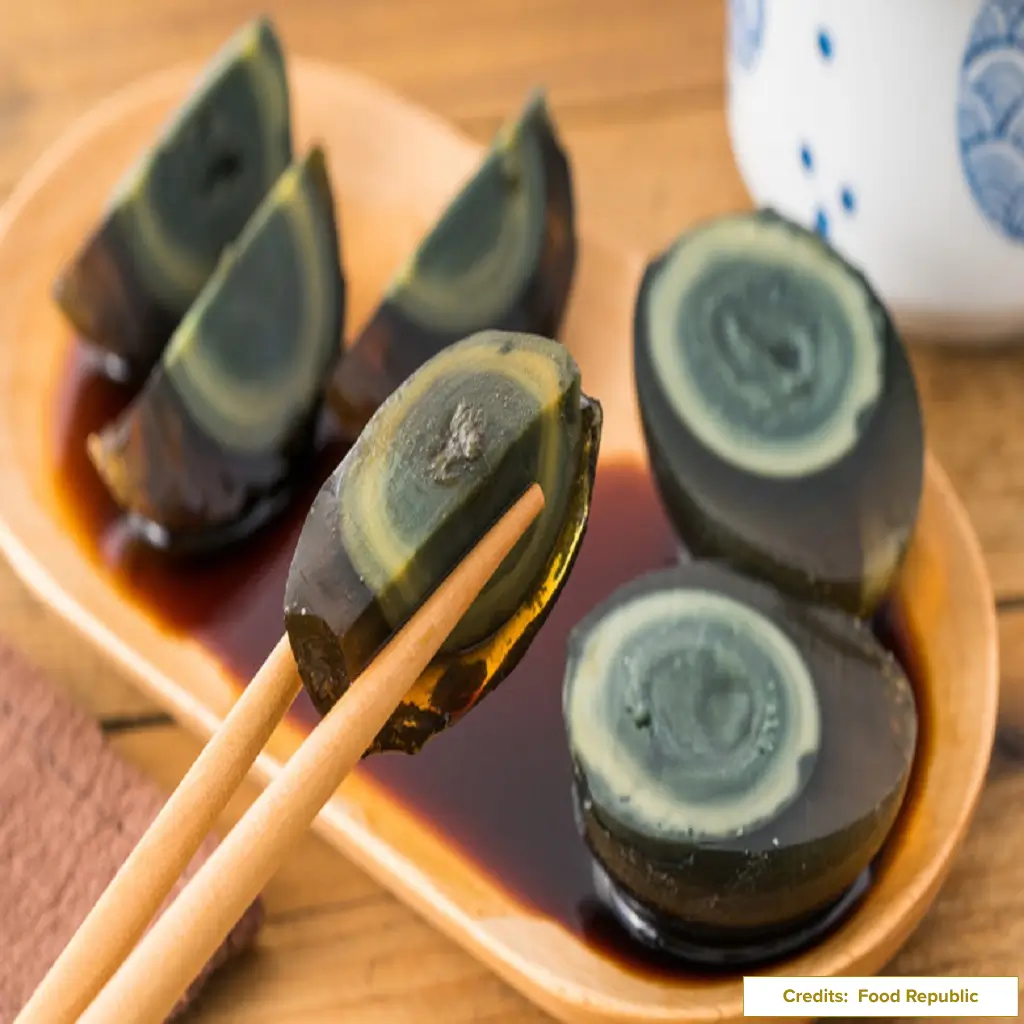
8. Nopales (Cactus) – Mexico
Sliced prickly pear cactus is common in Mexican school meals. Slightly tangy and full of fiber, it’s a superfood disguised as a vegetable with a bite.
9. Pickled Herring – Poland
This omega-3-rich fish is a Polish classic, served with onions and sour cream. But its salty tang can divide a lunchroom faster than a group project.
10. Sheep’s Head Soup – Morocco
Known as bouzellouf, this dish is nutritious and full of flavor. But when a sheep’s eyeball is staring back at you, it’s a tough sell at recess.
11. Chicken Hearts – Brazil
Grilled chicken hearts are tasty and iron-rich, but their appearance can trigger instant “ewws” from unprepared kids.
12. Roasted Insects – Thailand
Grasshoppers and crickets aren’t a punishment, they’re a snack. Rich in protein and sustainable, these critters are the future, even if some kids still scream before they crunch.
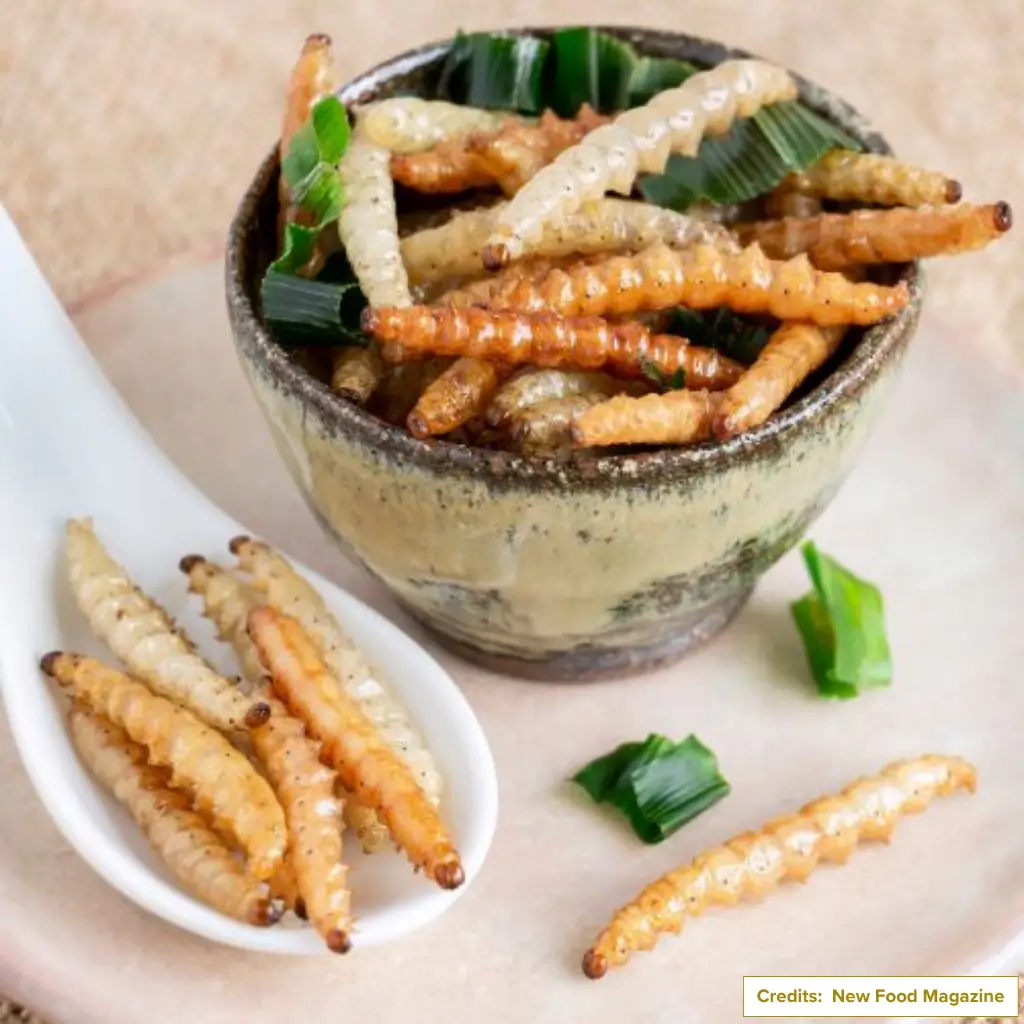
The Weirdest School Lunches Ever Served in the U.S
Let’s come home where American school cafeterias have produced some of the most mind-blogging concoctions ever.
→ Ketchup as a Vegetable
Ah, the cafeteria food in the 1980s. Thanks to budget cuts and twisted logic, ketchup was considered a vegetable under the National School Lunch Program. Because you know it comes from tomatoes.
→ Powdered Eggs
A legendary chapter in the saga of breakfast in school cafeteria history. Powdered eggs were rehydrated with water, served lukewarm, and met with widespread student confusion. Described by students as “yellow rubber,” they didn’t win many fans.
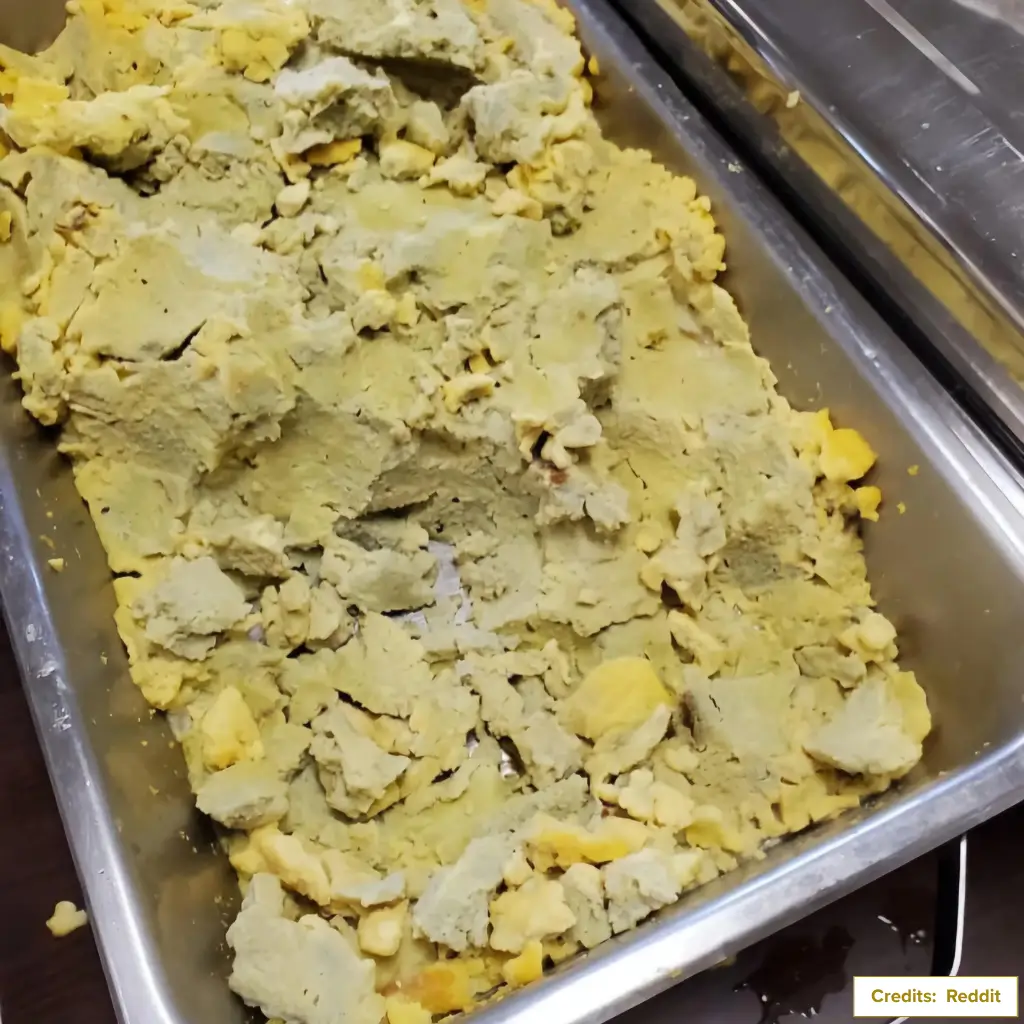
→ Soy “Beef” Crumbles
As schools aimed to cut fat, they introduced mysterious soy meat hybrids. Labeled “beef crumbles,” these meaty imposters left students wondering, “What is this?”
→ Colored Burger Buns (Late 90s)
Some cafeterias used neon green or blue burger buns to jazz things up. The result? Many confused kids and a surplus of uneaten sandwiches.
→ Weird Combo Plates
Some lunches felt like cafeteria roulette. Think nachos with applesauce, hot dogs in baked beans, or scrambled eggs with ketchup. Whether inspired by local tradition or pure chaos, these combinations left students confused and curious.
→ Mystery Meat Pizza
Enter the legendary rectangular pizza, a product of 90s school cafeterias. It has a doughy crust, an industrial cheese blend, and vague meat toppings. Love it or hate it, it’s iconic.
→ Chili with Cinnamon Rolls
A Midwestern mystery combo. Some swear by it. Others report lasting trauma.
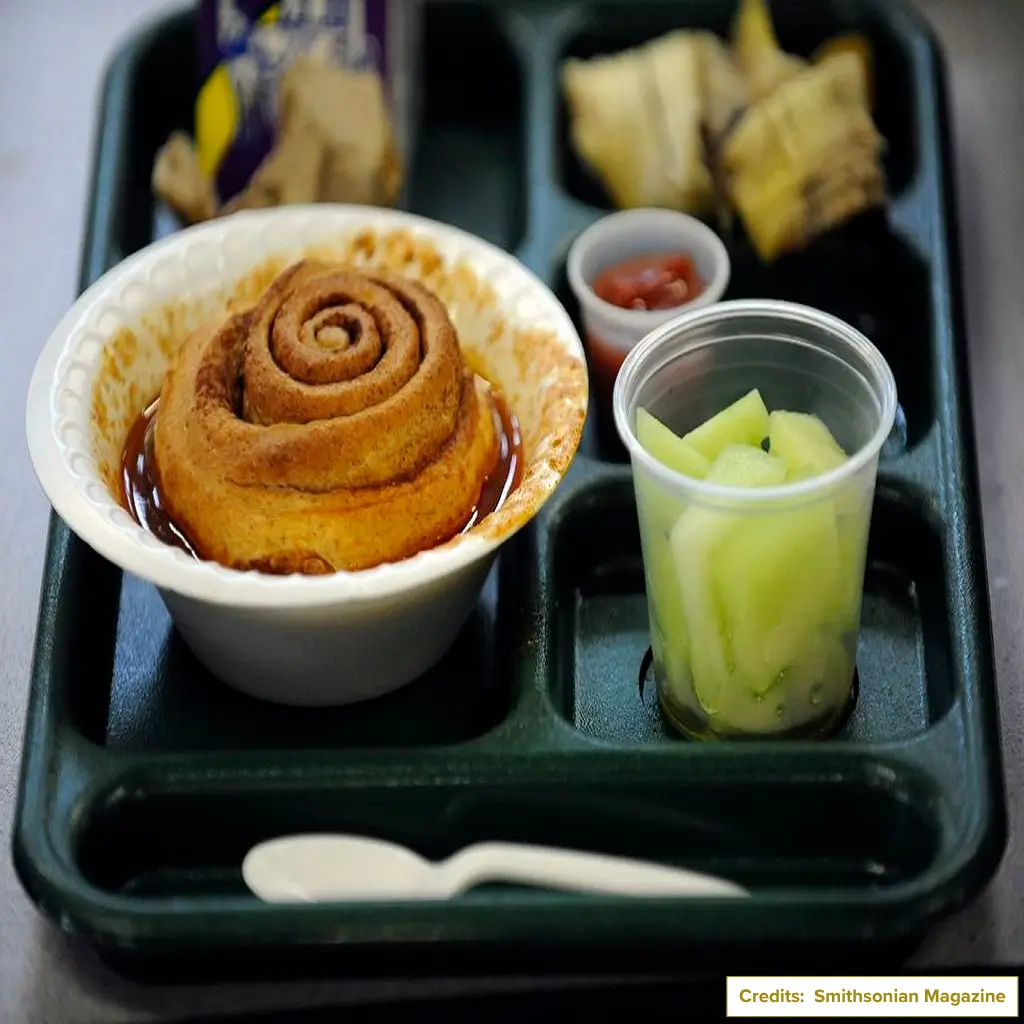
→ Pink Rice
Was it dyed? Beet bleed? Nobody knew. But if it jiggled and it was pink, you avoided it.
→ Cheese Slab Pizza
The rectangular classic. Technically, pizza is emotionally confusing. The sauce was a suggestion, and the cheese was a scientific experiment. This curious creation stands as a case study in the challenges of organizing school cafeterias on a budget, easy to serve, hard to love.
Why Schools Serve Such Weird Food?
You might ask, “Why, oh why, would anyone serve sheep brains or beet-bled rice to children?” Here’s why:
→ Cultural Differences
Dried squid? Normal in Japan. Blood sausage? Standard in the UK. Food reflects community traditions. Today’s modern school cafeteria often celebrates these differences.
→ Budget Constraints
Stretching a dollar can lead to beef crumbles or bright green buns. The budget might allow for quinoa and kombucha in a private school cafeteria. For public schools, sometimes it’s mystery loaf and canned corn.
→ Health & Sustainability
Insects and kale chips might sound odd, but they’re part of a broader push for sustainability. Still, student reactions are mixed when cricket tacos land on the menu.
→ Government Policies
From declaring ketchup a vegetable to allowing pizza as a “healthy choice,” the USDA school cafeteria recipes haven’t always hit the mark.
→ Trying to Make Lunch Fun (and Cheap)
Cue the turkey twizzlers and pink custard. Sometimes novelty foods come from a well-meaning place, but with questionable results.
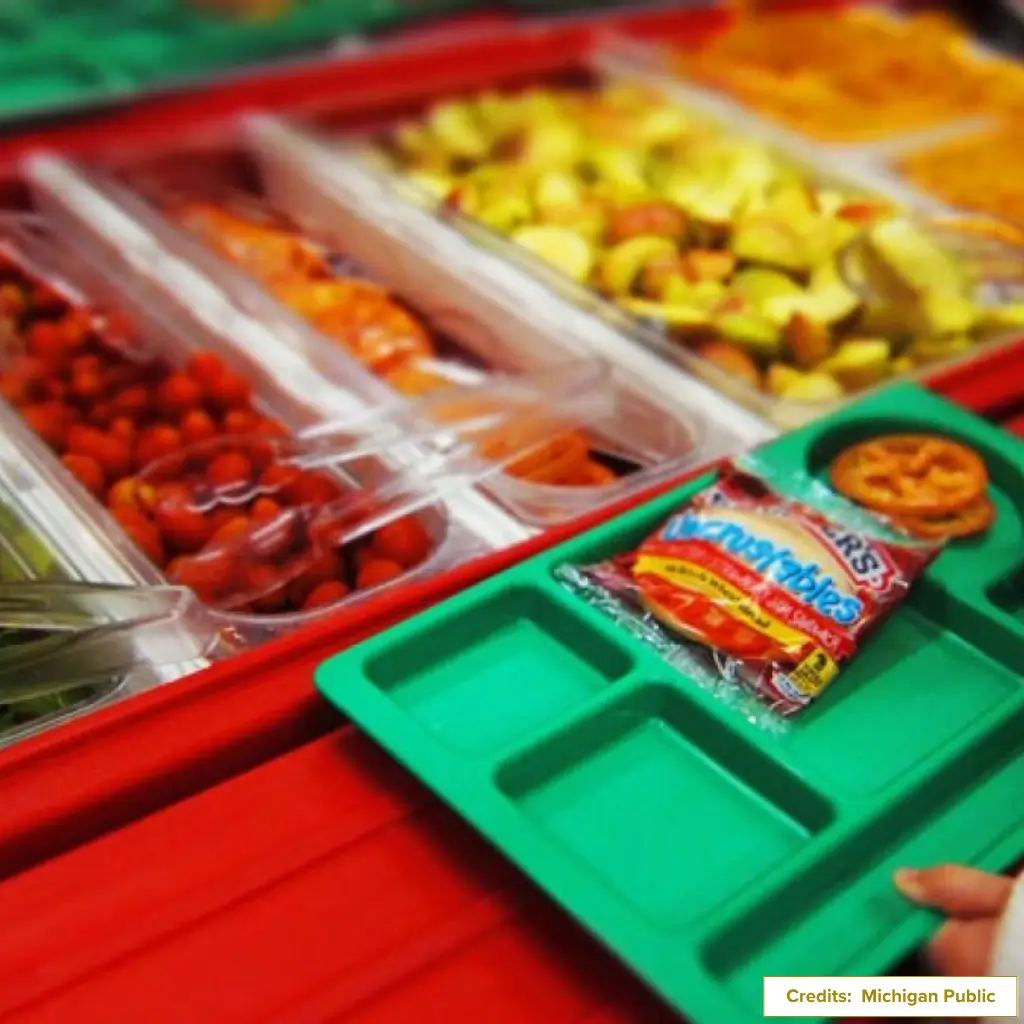
From Gross to Gourmet: How School Lunches Are Getting Better
Thankfully, today’s school meals are evolving. Here’s how we’re moving from horror trays to healthy days:
· Focus on Nutrition
Thanks to the USDA’s updated guidelines, lunches are getting cleaner. Sodium is decreasing, added sugars are being capped, and whole grains are taking the spotlight. Welcome to the era of healthy school cafeterias.
· Chef Collaborations
Districts now partner with chefs to overhaul menus and teach staff. Even in the Midwest, these culinary pros help improve taste, cut waste, and incorporate more global flavor.
· Farm to School
Locally grown carrots > canned peas. These programs help reduce food miles, increase freshness, and play a key role in reducing food waste in schools.
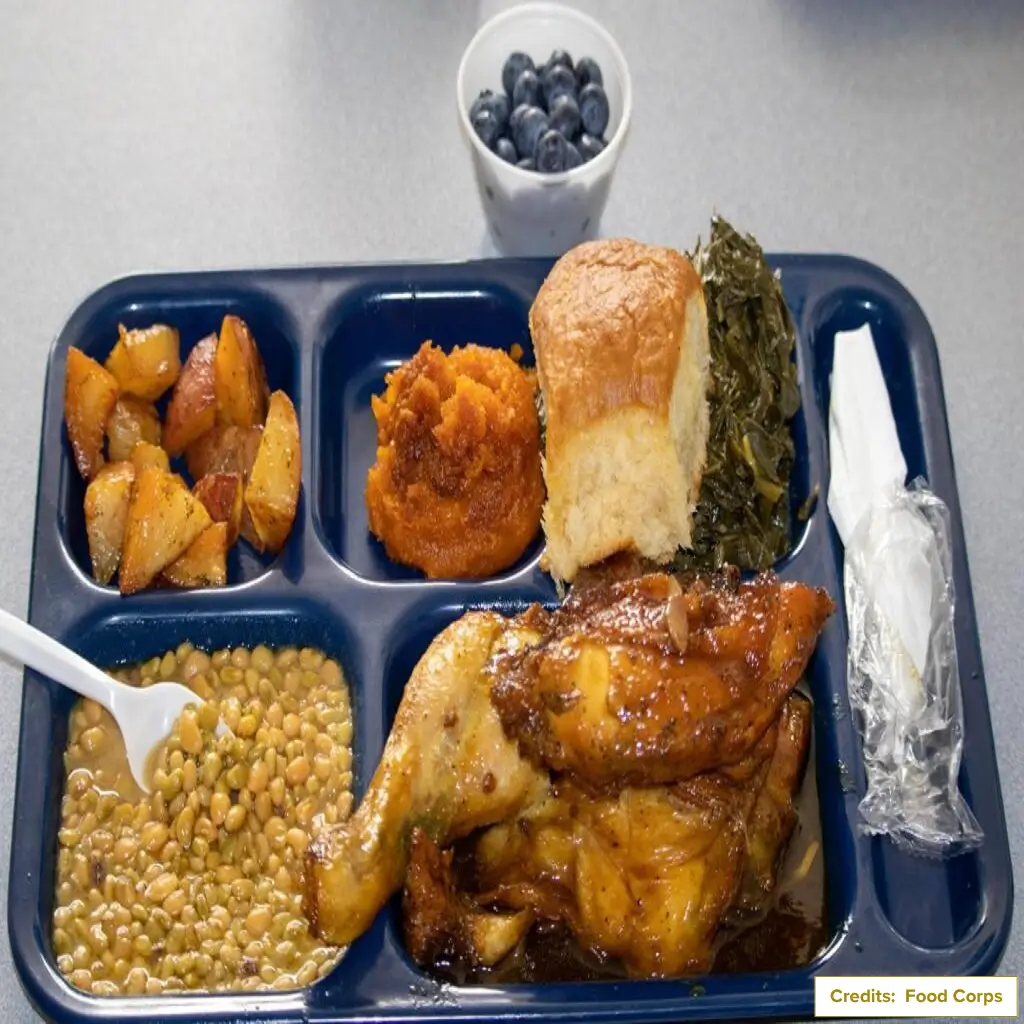
· Technology in the Cafeteria
With apps for organizing cafeteria operations and letting students rate meals, the future of school cafeterias is tech-savvy and data-driven.
· Student Voice
More schools are letting students design menus and suggest lunch menu options. The result? Fewer leftovers and more smiling faces.
· Cultural Representation
Diversity is on the menu literally. Curries, tamales, sushi, and lentil stews are entering the cafeteria, creating a more inclusive and exciting lunch hour.
Final Thoughts
Whether it’s century eggs from a 50s school cafeteria throwback or reindeer stew in Finnish school lunches, it offers a peek into what different cultures value: nutrition, resourcefulness, tradition, or just getting through math class without passing out.
While we’ve laughed at neon buns and questioned the sanity of fish Jell-O, school lunches are getting brighter, healthier, and tastier. With students speaking up, chefs stepping in, and policy catching up, the goal to improve school cafeteria food is finally being realized.
So next time you open your lunch tray and see something weird, remember: someone, somewhere, probably calls it their favorite.
FAQs
Are weird school lunches harmful?
Not usually. Most are just unfamiliar or odd-looking. But flavor-wise? That’s subjective.
What’s the weirdest U.S. school lunch ever?
We vote for green burger buns or ketchup as a vegetable. But it’s a tough call.
Why do some school lunches look so unappealing?
Due to low budgets and mass production, cafeterias are forced to use low-quality, processed foods that suffer in taste and appearance.

